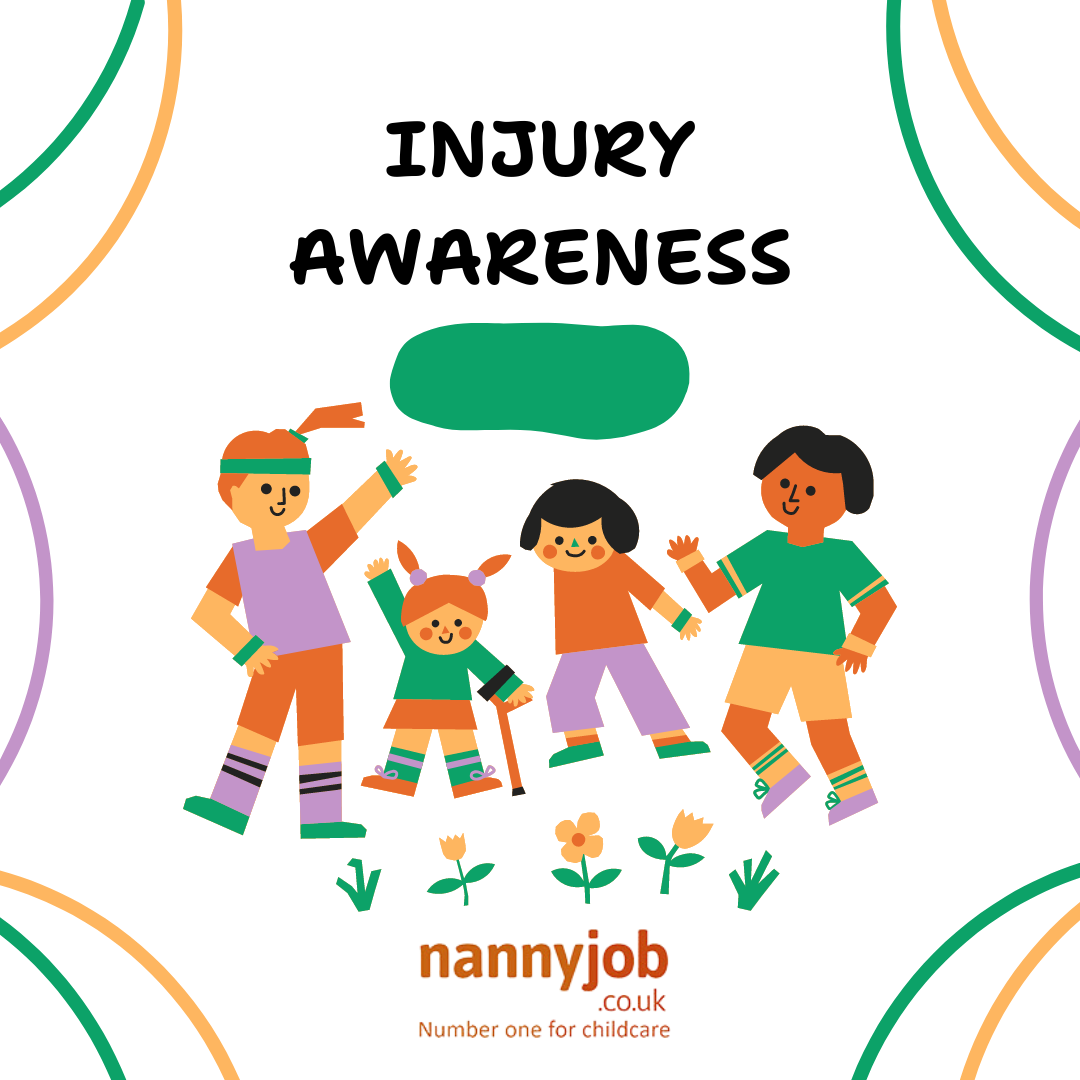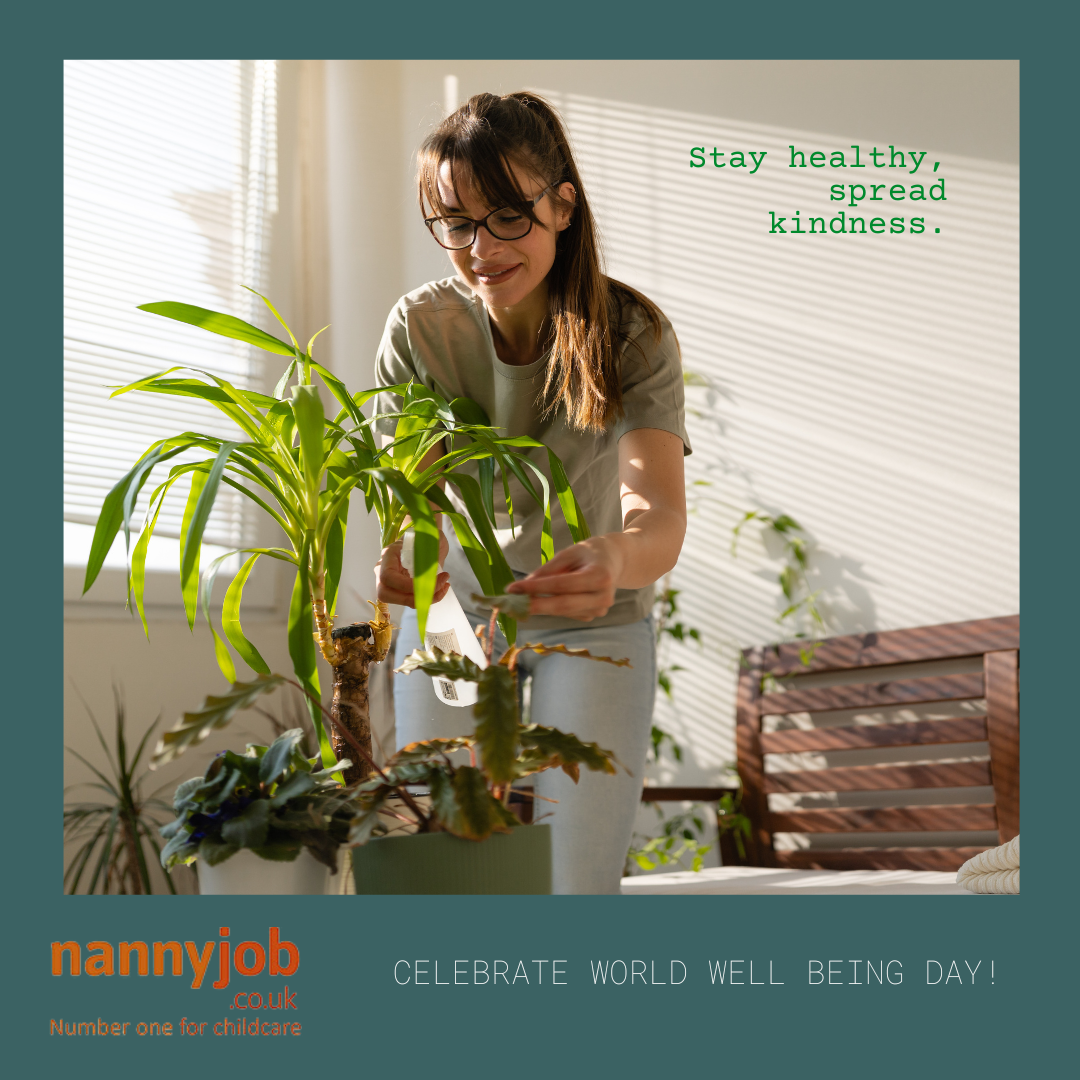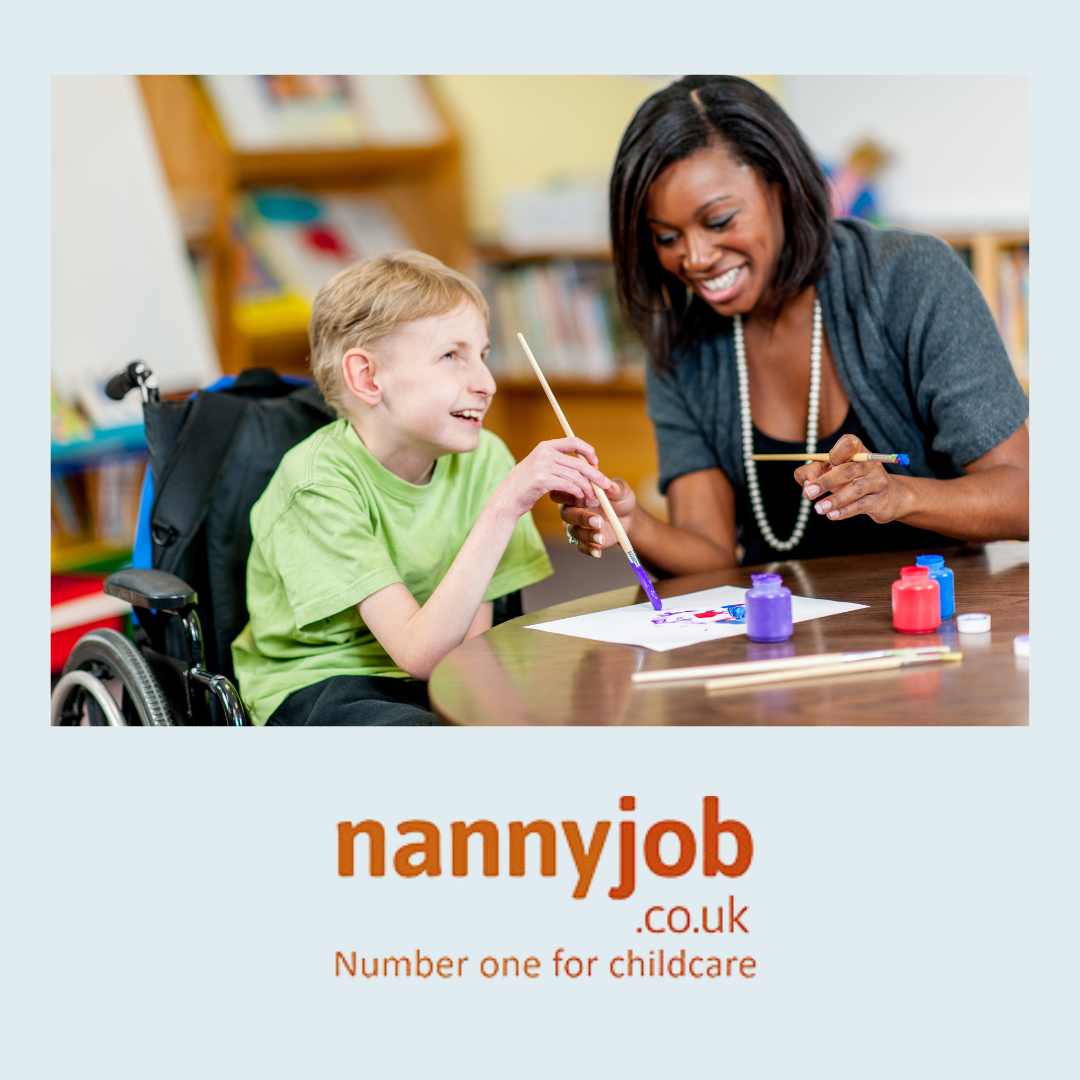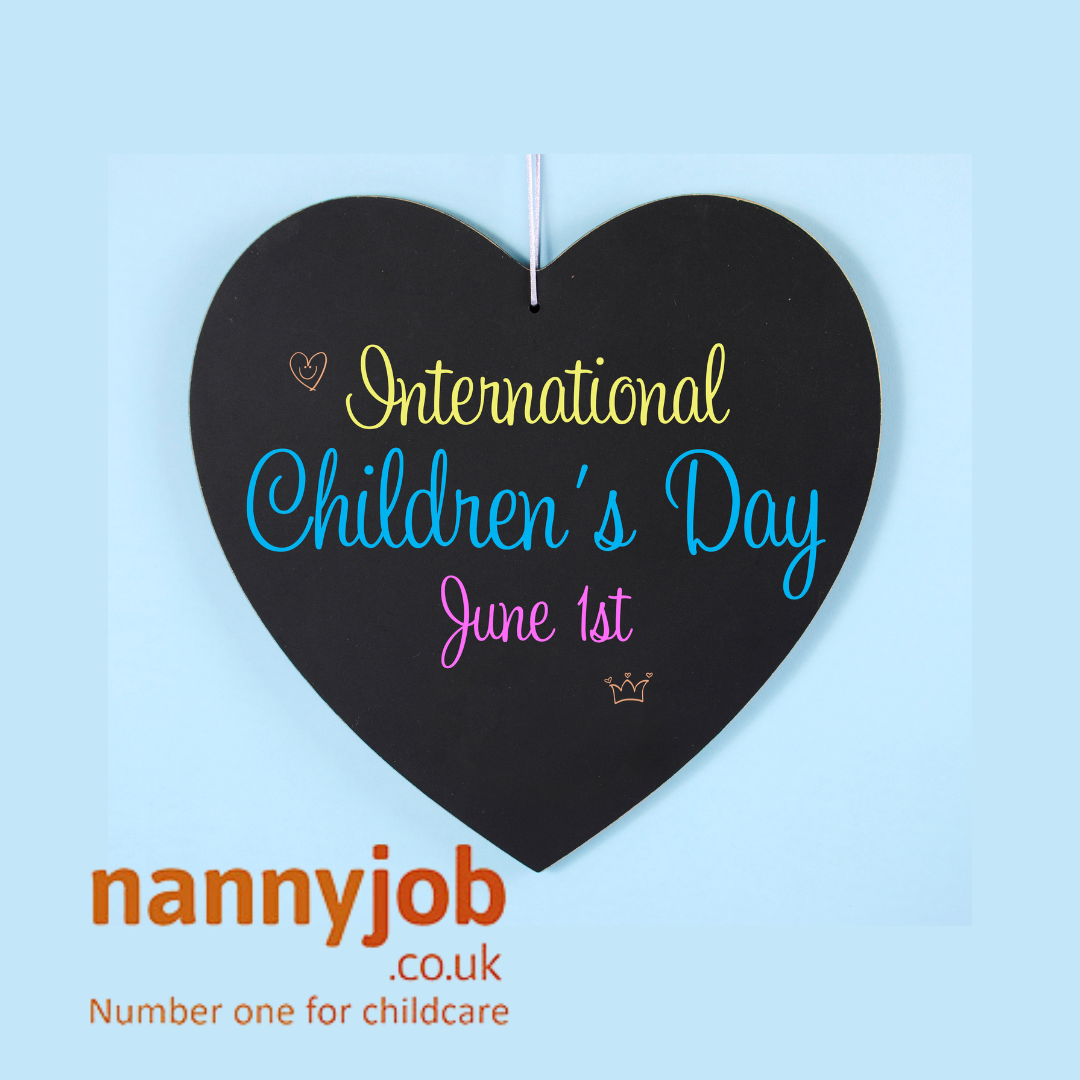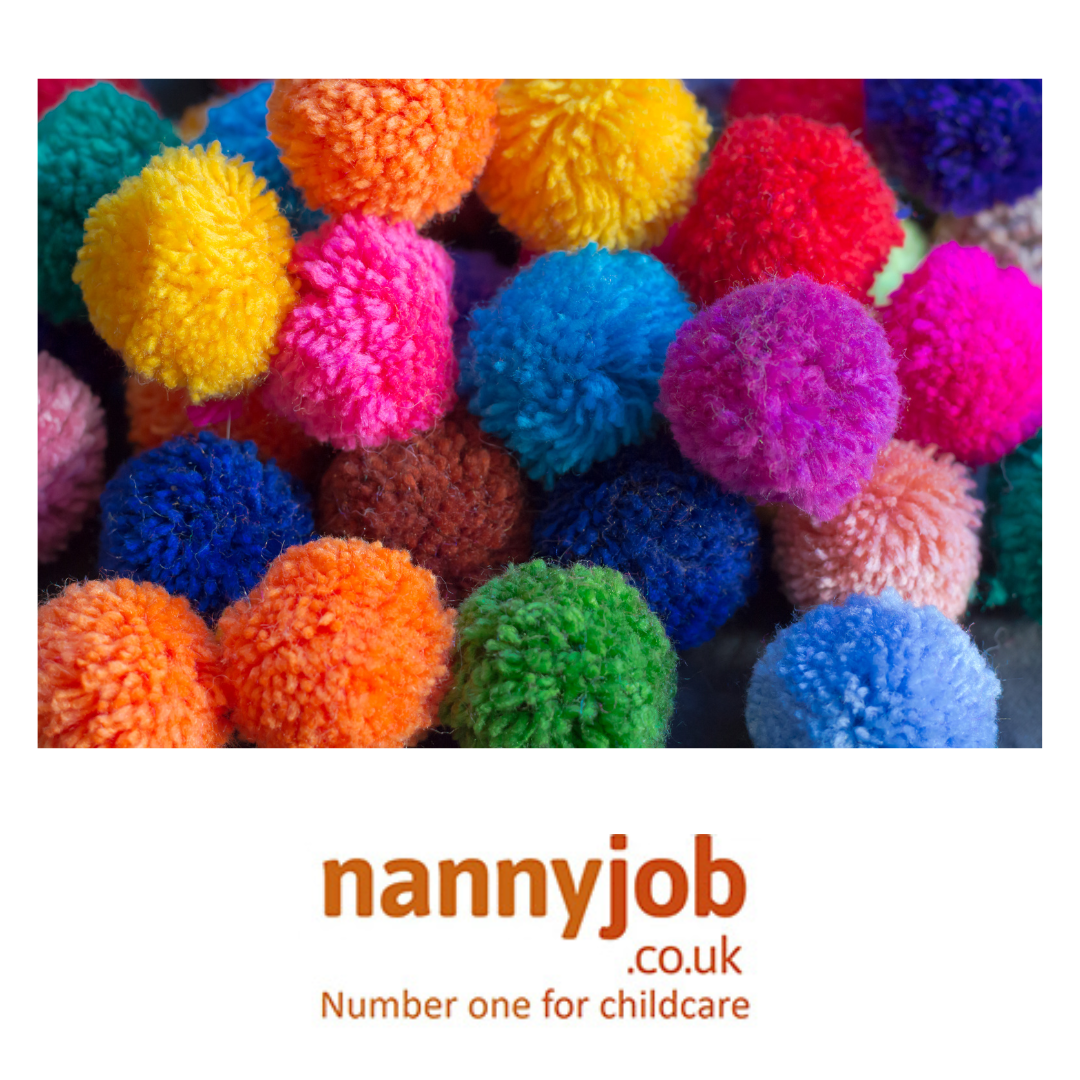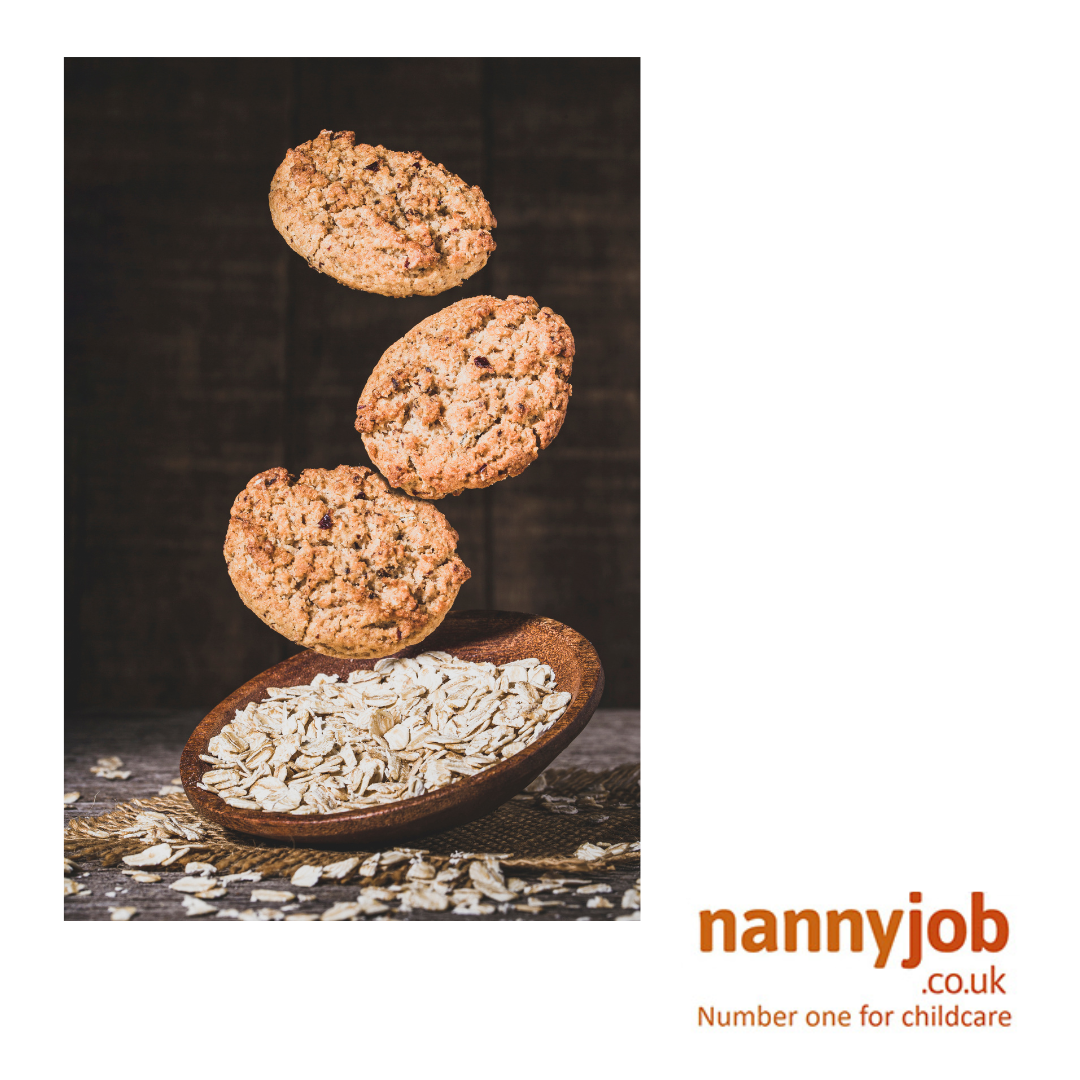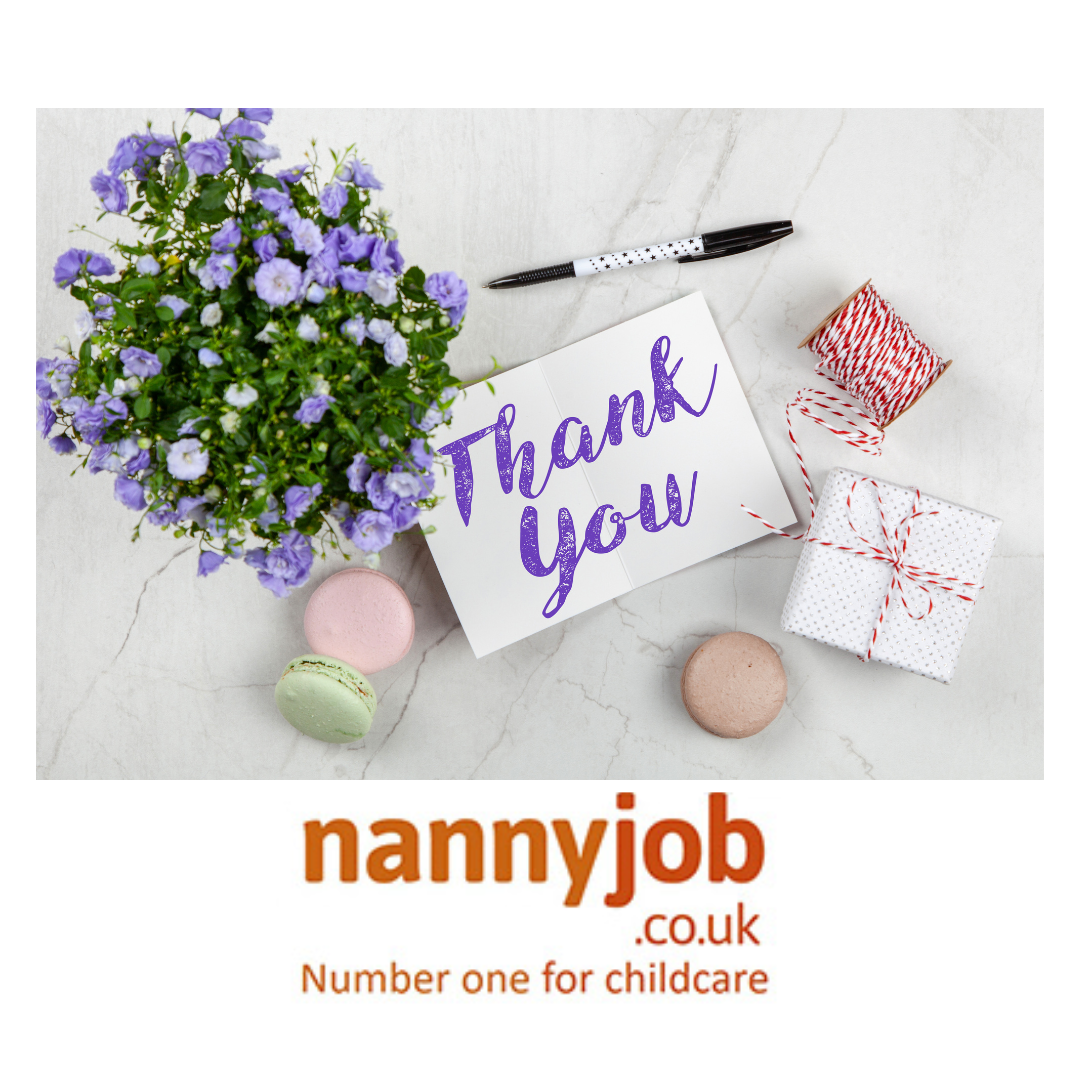Injury Awareness is an essential topic for everyone, especially those involved in the care of children. Whether you’re a nanny, childcarer, or parent, understanding how to prevent injuries is crucial for ensuring the safety and well-being of children. This blog post will explore common childhood injuries, prevention strategies, and how to create a safer environment for the little ones in your care.
Understanding Common Childhood Injuries
Children are naturally curious and active, which sometimes leads to accidents. The most common injuries include falls, cuts, burns, and poisoning. While minor injuries are often part of growing up, many can be prevented with the right precautions.
Prevention Strategies for Nannies and Childcarers
- Create a Safe Environment: Childproof homes and play areas by securing furniture, covering sharp edges, and keeping hazardous items out of reach. Ensure that toys are age-appropriate and in good condition.
- Supervision is Key: Always keep an eye on children, especially during playtime, meals, and outdoor activities. Even a momentary lapse in supervision can lead to accidents.
- Teach Safety Rules: Educate children about basic safety rules, such as not running indoors, the importance of wearing helmets while cycling, and staying away from hot surfaces.
- First Aid Knowledge: Ensure you are trained in basic first aid and CPR. Quick, appropriate responses can mitigate the severity of an injury and even save lives.
- Regular Safety Checks: Conduct regular safety checks of the environment to identify and rectify potential hazards. This includes checking playground equipment, household items, and ensuring smoke detectors are functional.
Supporting Families in Injury Prevention
Nannies and childcarers play a crucial role in supporting families to maintain a safe environment. Open communication with parents about safety practices and any observed hazards is vital. Sharing injury prevention tips and safety checklists can empower parents to continue these practices at home.
Conclusion
Injury awareness is not just about reacting to accidents but proactively creating safer environments for children to explore and grow. By working together, nannies, childcarers, and families can significantly reduce the risk of injuries and ensure that children are safe and sound.

